𝙼𝚊𝚣𝚍𝚊 𝙲𝚘𝚜𝚖𝚘 𝚂𝚙𝚘𝚛𝚝 𝟷𝟷𝟶𝚂
Mazda Cosmo Sport 110S: The Rotary Pioneer That Started It All
When enthusiasts talk about rotary legends, names like the RX-7 often dominate the conversation. But before those icons roamed the streets and circuits, there was the Mazda Cosmo Sport 110S — the car that dared to be different and put Mazda on the map as an engineering innovator.

The Birth of a Rotary Dream
Unveiled as a prototype at the 1964 Tokyo Motor Show and officially launched in 1967, the Mazda Cosmo Sport 110S holds the distinction of being the world’s first mass-produced car powered by a twin-rotor Wankel rotary engine. While NSU in Germany developed the single-rotor Spider earlier, it was Mazda that took the plunge into twin-rotor tech, a bold move that would define the brand’s identity for decades.
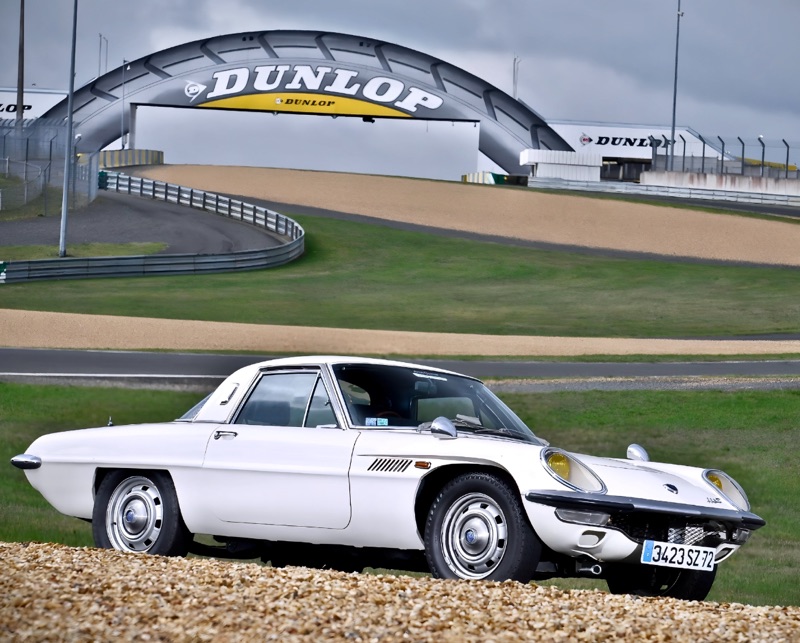
Mazda’s engineers spent years refining the rotary engine to address reliability and durability issues that plagued earlier designs. The result? A lightweight, compact powerplant with smooth, high-revving performance — perfect for a sports car.

Design and Engineering
The Cosmo Sport was as futuristic in looks as it was in technology. Its low-slung body, sharp nose, and coupe silhouette gave it a space-age aesthetic, fitting for a car named after the cosmos. Only 4,592 units were produced between 1967 and 1972, making it a rare gem in JDM history.
There were two main versions:
- Series I (1967–1968): 110 hp from the 982cc 10A rotary engine, 4-speed manual transmission.
- Series II (1968–1972): Improved with 128 hp, 5-speed transmission, longer wheelbase, and better cooling.
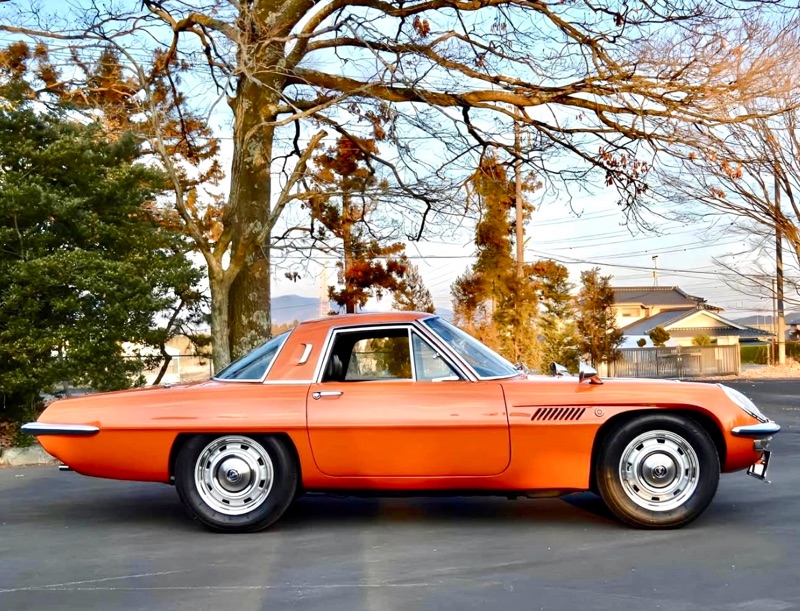

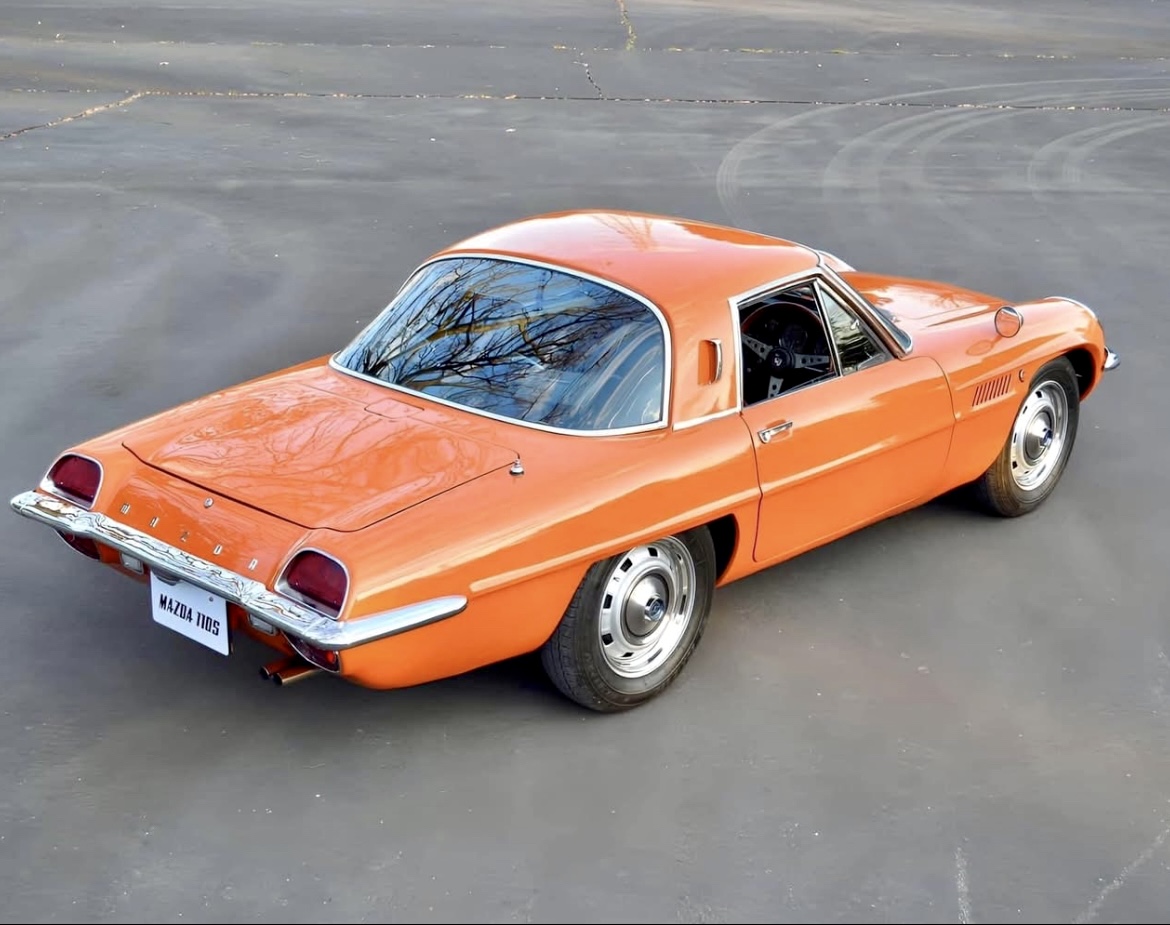
Though the numbers may seem modest today, its sub-1,000 kg weight and rev-happy motor gave it an engaging and lively character, especially for the time.
Racing and Legacy
Mazda didn’t just build the Cosmo to show off — they took it racing. In 1968, two Cosmos entered the 84 Hours of Nürburgring, a grueling endurance race. One car finished 4th in its class, proving the durability of Mazda’s rotary engine on the world stage.
The Cosmo Sport laid the groundwork for Mazda’s rotary revolution. It inspired the RX series, including the RX-3, RX-7, and eventually the RX-8. Without the Cosmo, there would be no 787B Le Mans victory or the rotary-powered legends that define Mazda’s unique legacy.
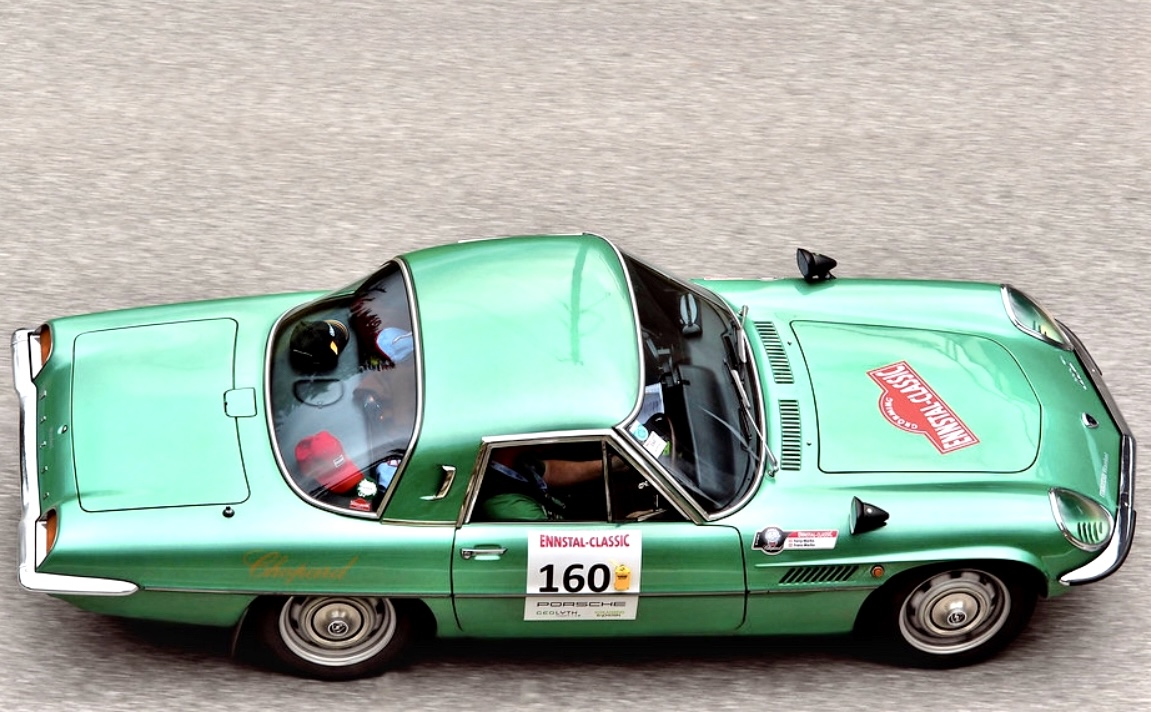
Final Thoughts
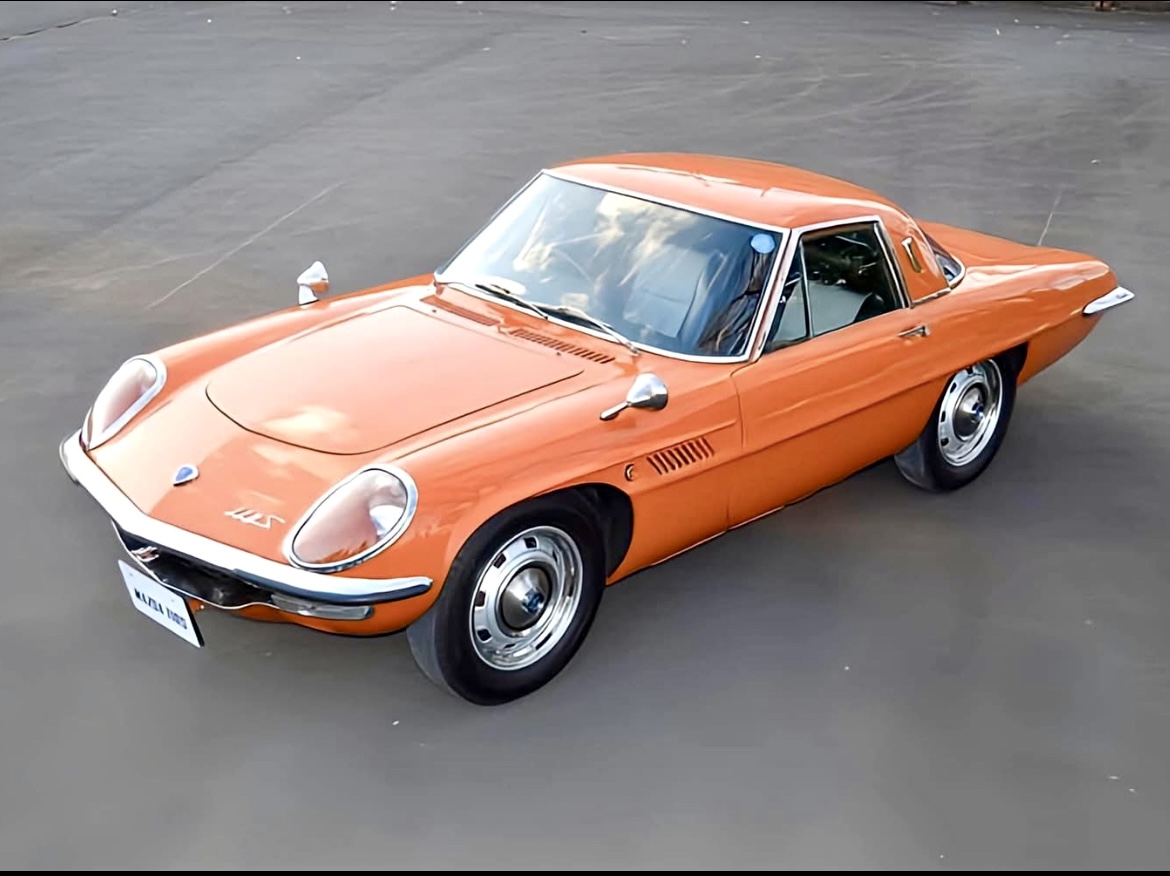
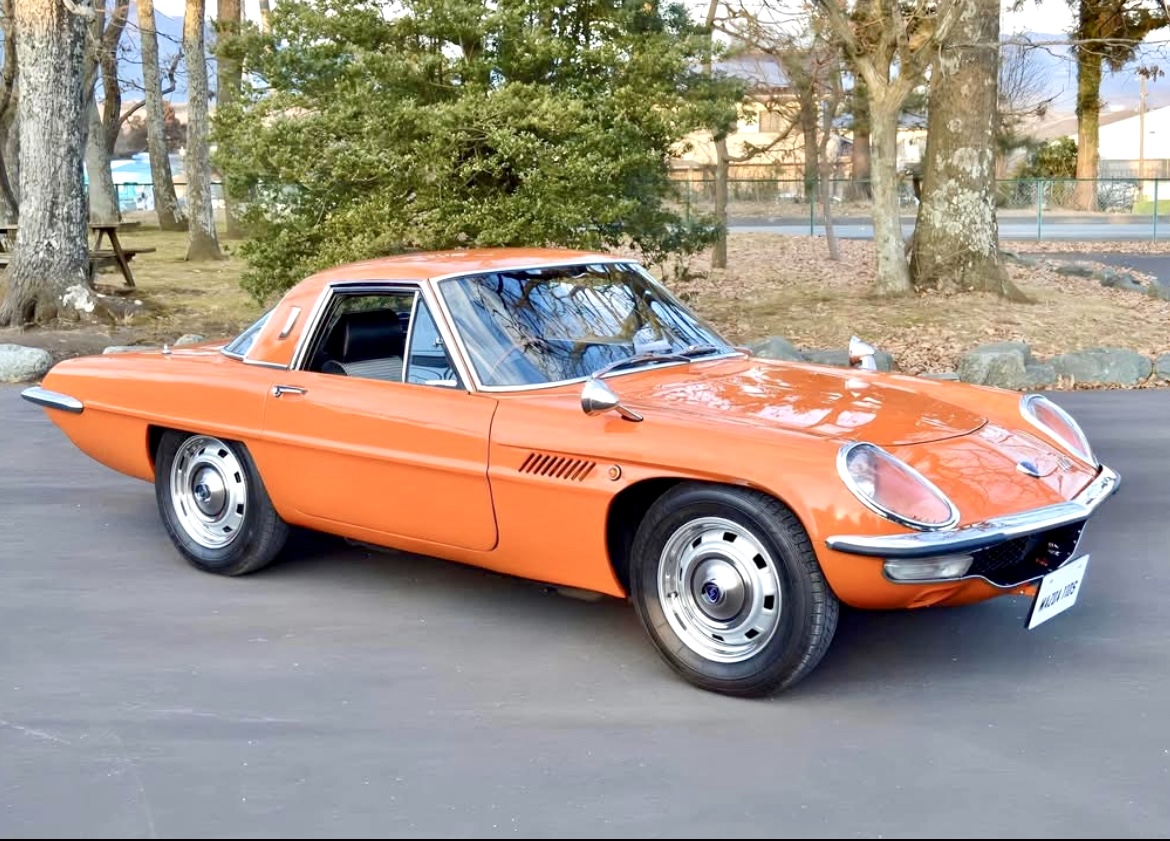
The Mazda Cosmo Sport 110S isn’t just a rare JDM classic — it’s a technological milestone. It captured the optimistic spirit of the late ‘60s and cemented Mazda’s place in automotive innovation. For collectors, enthusiasts, and lovers of the unusual, the Cosmo is more than just a car — it’s a symbol of what happens when a company dares to dream differently.
Comments
Post a Comment